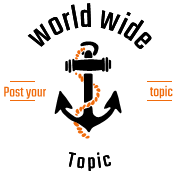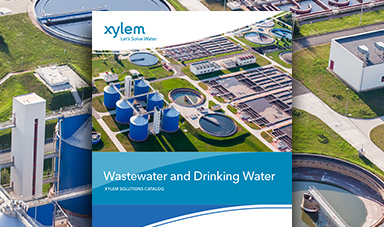A positive displacement pump Sydney moves a fluid by enclosing a fixed volume and moving the fluid mechanically through the system. PD pumps have a cyclic pumping action that can be driven by gears, screws, rollers, vanes or diaphragms.
How do PD pumps work?
While there are a lot of pump designs, most designs can be placed in two main categories: rotary and reciprocating pumps.
Reciprocating PD pumps
Reciprocating PD pumps work by repeated back and forth strokes of either the plunger, diaphragm or piston. These cycles are known as reciprocation. In the piston pump, the first piston stroke creates a vacuum and opens the inlet valve. At the same time, the outlet valve is closed and this action draws fluid into the piston chamber.
The piston then reverses and the inlet valve is closed and the outlet valve is opened allowing the fluid in the piston chamber to be discharged. The bicycle pump is a basic example of a piston pump. Piston pumps can be double acting with outlet and inlet valves on both sides of the piston.
Plunger pumps function in a similar way. The fluid’s volume moved by a piston pump depends on the volume of the cylinder. Plunger pumps depend on the size of the plunger. The seal around the plunger or the piston is very important when it comes to maintaining the pumping action to prevent leaks. Generally, plunger pump seals are easier to maintain because it is stationary on top of the cylinder while the seal around the piston is repeatedly shifting up and down inside the chamber of the pump.
Rotary PD pumps
A rotary positive displacement pump uses the actions of gears and rotating cogs to transfer fluids. The rotating element of the pump develops a fluid seal with the pump casing. This creates suction at the inlet of the pump. Fluid drawn into the pump is then enclosed within the teeth of the rotating gears or cogs and transferred to the discharge. A simple example of a rotary PD pump is the gear pump.
Features and benefits of PD pumps
Centrifugal and PD pumps are the two main pump families. Centrifugal pumps produce higher flows and can effectively work with lower viscosity liquids. There are a number of applications for which PD pumps are preferred over centrifugal pumps. For example, PD pumps can handle liquids with higher viscosity and can operate at low flows and high pressures more efficiently.
Limitations of PD pumps
PD pumps are more difficult and complex to maintain compared to centrifugal pumps. They are not capable of generating the high flow rates features that centrifugal pumps can generate. PD pumps are less able to handle low viscosity liquids than centrifugal pumps. To reduce slippage and generate suction, a rotary pump relies on the seal between the pump housing and the rotating elements.
Applications
A positive displacement pump Sydney can be used for pumping high viscosity fluids such as paints, oil, foodstuffs and resins. They are usually preferred in any application where high-pressure output and accurate dosing is required.




